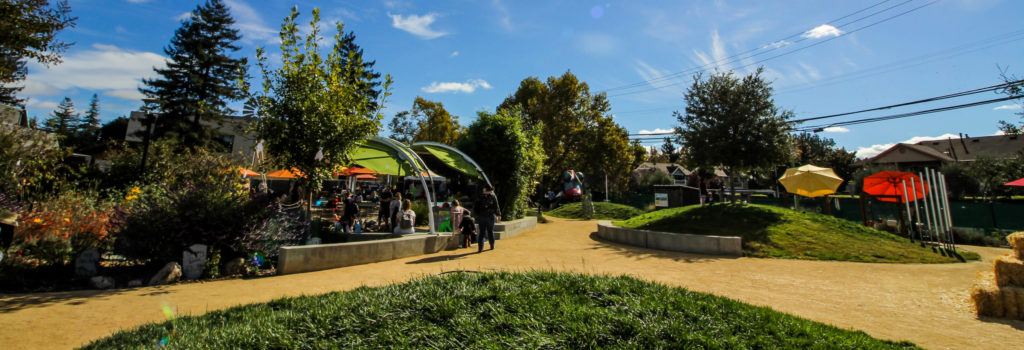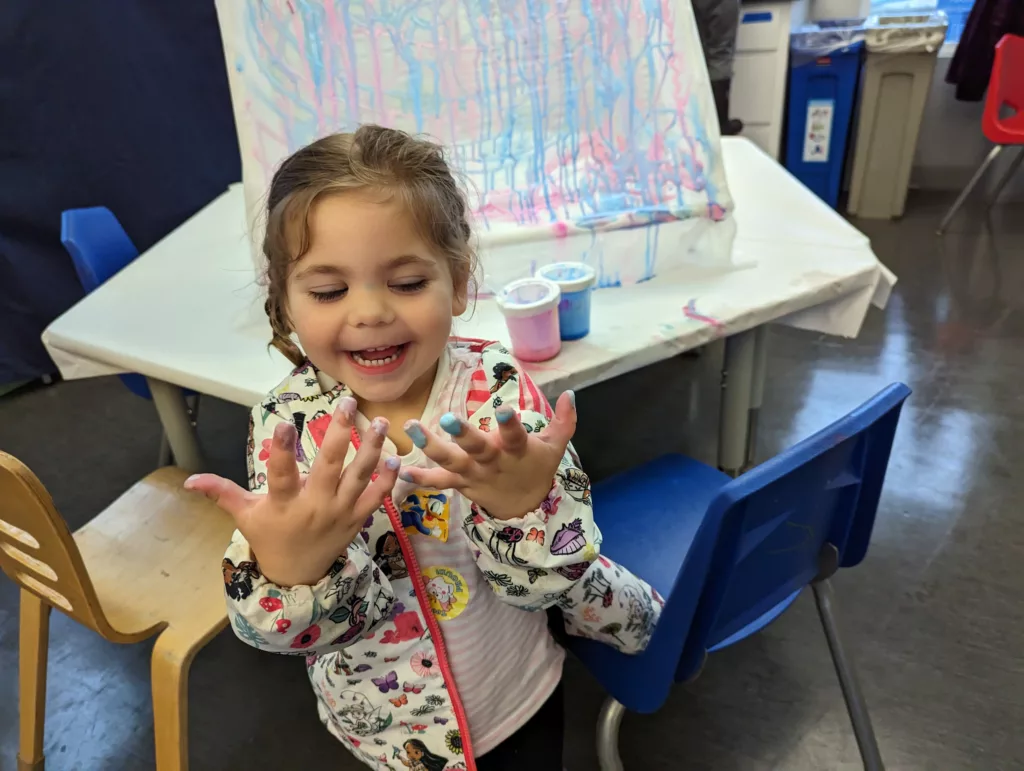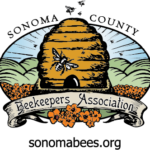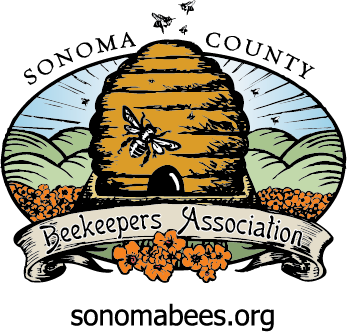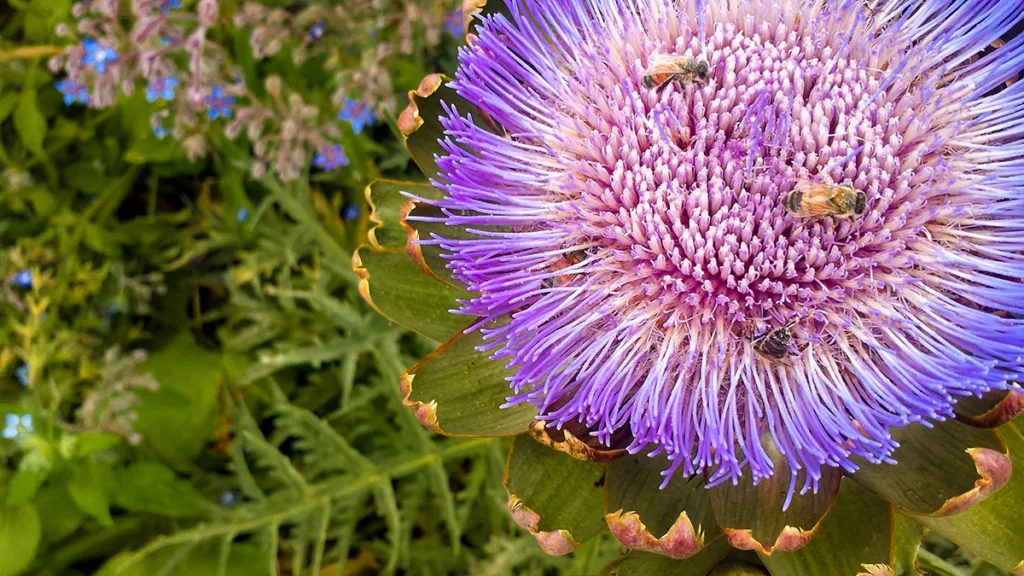
Gardening is a wonderful activity for children to learn about nature and how things grow. While insects may seem like a nuisance to some, they can actually be incredibly beneficial to your garden! In this blog, we’ll explore five bugs that are good for your garden and why they are so important to our local ecosystem in Sonoma County. During your next museum visit, see how many of these little garden helpers, and local pollinators you can find in Mary’s Garden at the Children’s Museum of Sonoma County!
Praying Mantis
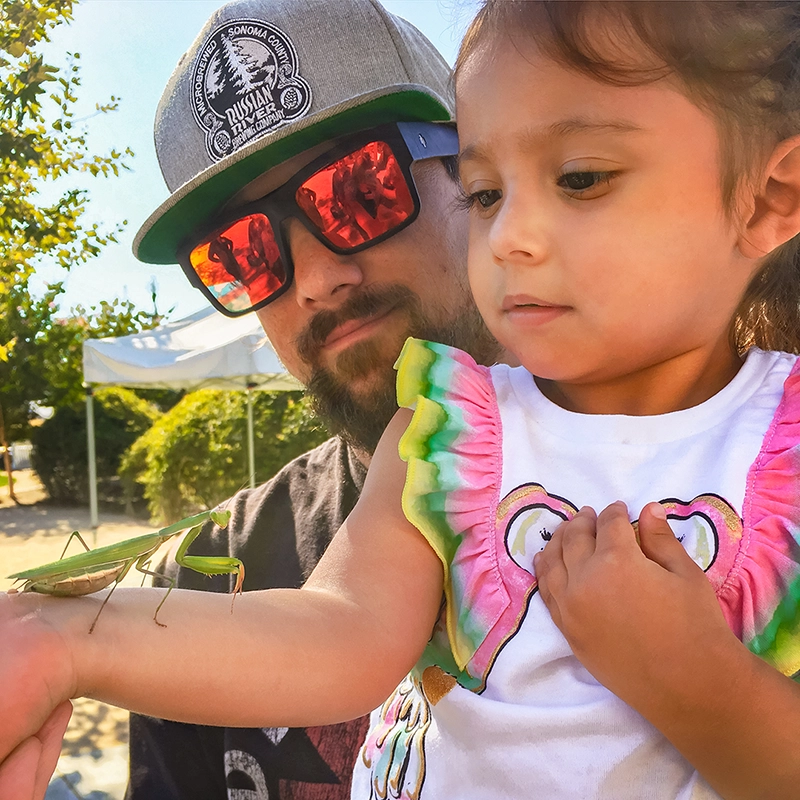
The praying mantis is a fascinating insect that is sure to capture the imagination of children. Not only are they fun to watch, but they also eat a wide variety of garden pests such as aphids, and flies. They are particularly helpful in vegetable gardens where they can keep those pests from munching on your prized crops. Plus, their unique appearance makes them a great conversation starter with curious little learners!
At the Children’s Museum of Sonoma County, we have many Praying Mantis pals who live all throughout Mary’s Garden! You are most likely to see them in our raised Vegetable Garden in the Summer. This is because in Sonoma County, Praying Mantises are most active during the warmer months of the year from Spring to early Autumn.
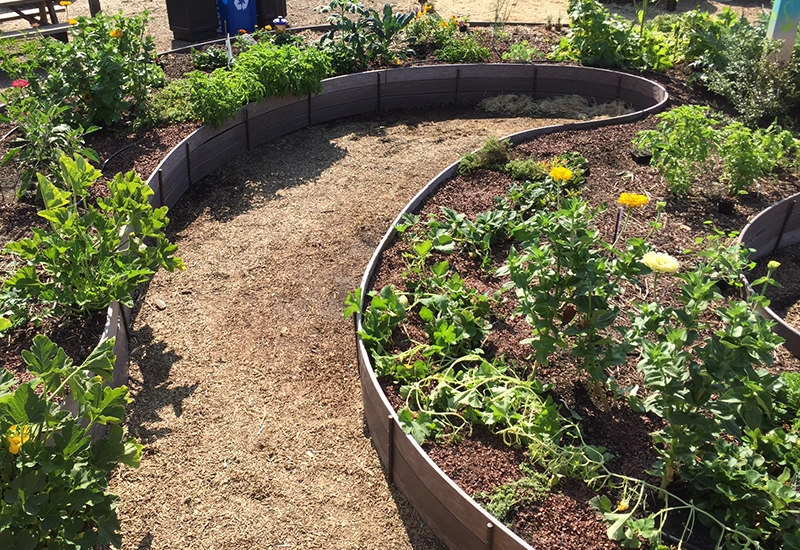
Ladybugs
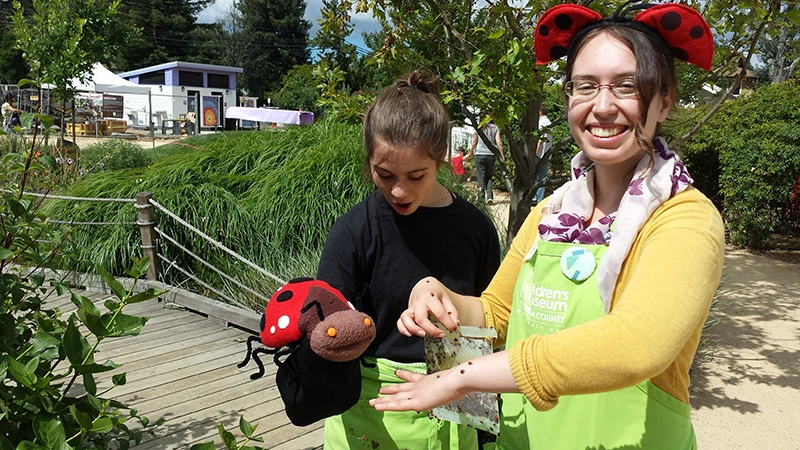
Ladybugs are beautiful garden beetles that are easily recognizable due to their red, yellow, or orange coloring and black spots. At the Children’s Museum, we love ladybugs because they are also incredibly helpful bugs for our garden!
Ladybugs eat aphids, mites, and other small insects that can damage plants. If your garden has fruit trees or roses, ladybugs are particularly beneficial at helping prevent these plants from being infested with pests. You can even purchase ladybugs to release in your garden or greenhouse if you’re struggling with a pest infestation.
You are most likely to find ladybugs in the garden during the spring and summer months, when temperatures are warmer and plant growth is at its peak. As the weather starts to get colder, ladybugs will begin looking for warm spots to hibernate through the winter. During the colder times of year, you may see a group of ladybugs hibernating together to keep each other warm or even find one or two indoors, enjoying the warmth of your home!
Bumblebees
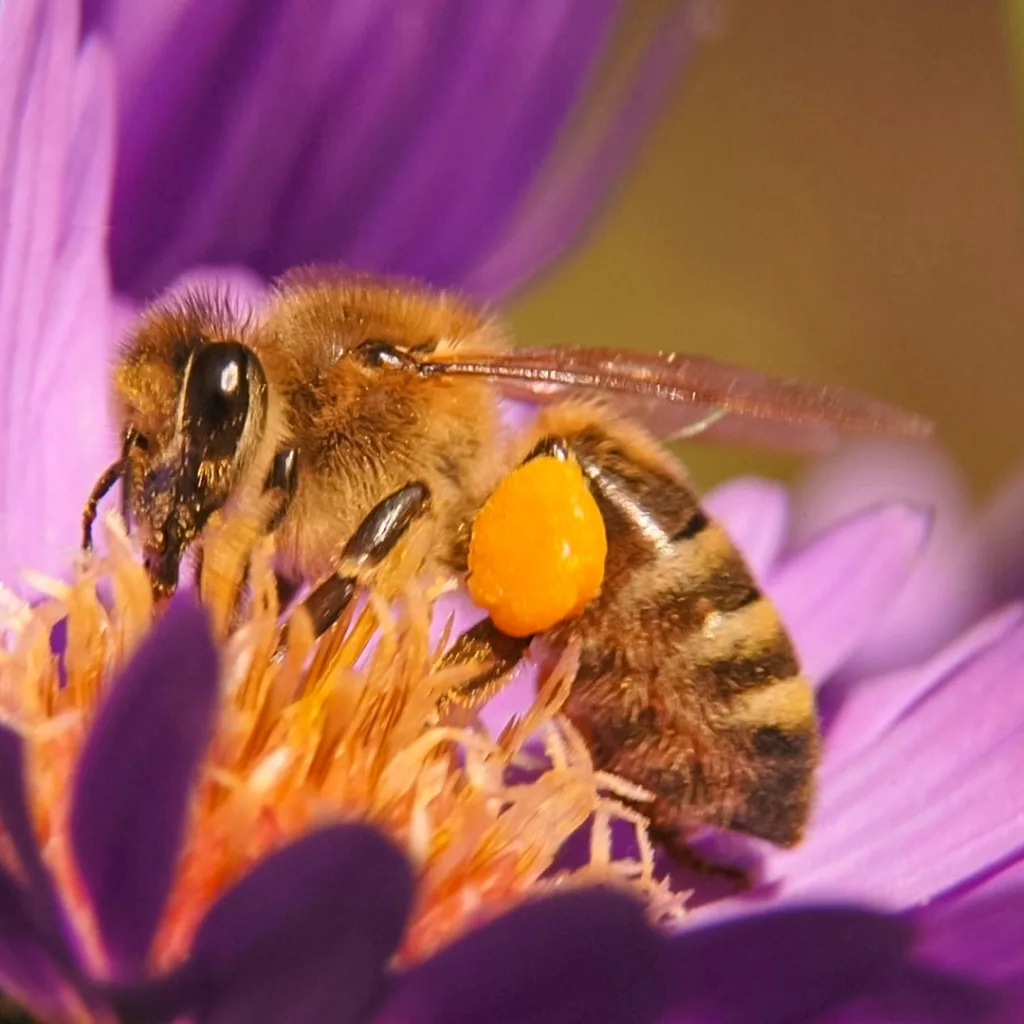
Bumblebees are another great insect to have in your garden, and one of our most helpful pollinators in Sonoma County! A pollinator is any animal or insect that helps plants grow new fruit and seeds. Without pollinators, many flowers, fruits, and vegetables wouldn’t be able to grow. Bumblebees pollinate a wide variety of plants, including important crops like strawberries, blueberries, and tomatoes. This makes bees and other local pollinators incredibly important to the environment and our local biodiversity.
Bumblebees are most active during the spring and summer months, when flowers and other plants are in bloom. To attract bumblebees to your garden, you can plant a variety of native flowering plants and you will also want to avoid using pesticides. You can learn more about local pollinators and why they are so important in our blog post, 4 Ways You Can Help Pollinators in Sonoma County. Or visit the Children’s Museum and meet our friends from the Sonoma County Beekeepers Association during one of their monthly pop-up programs about honeybees and other pollinators! Check out our calendar to see when they will be visiting next!
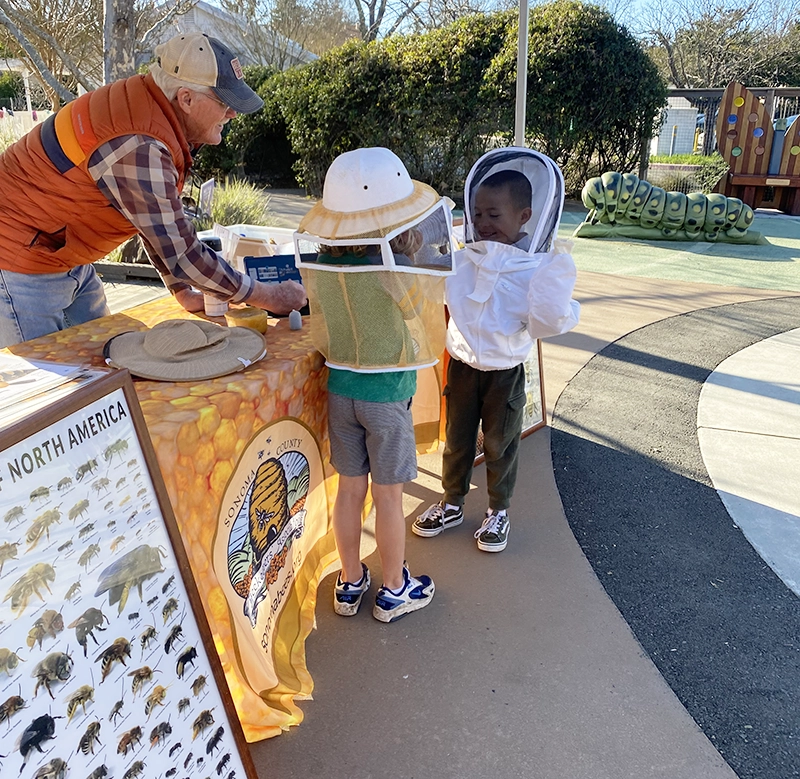
Dragonflies
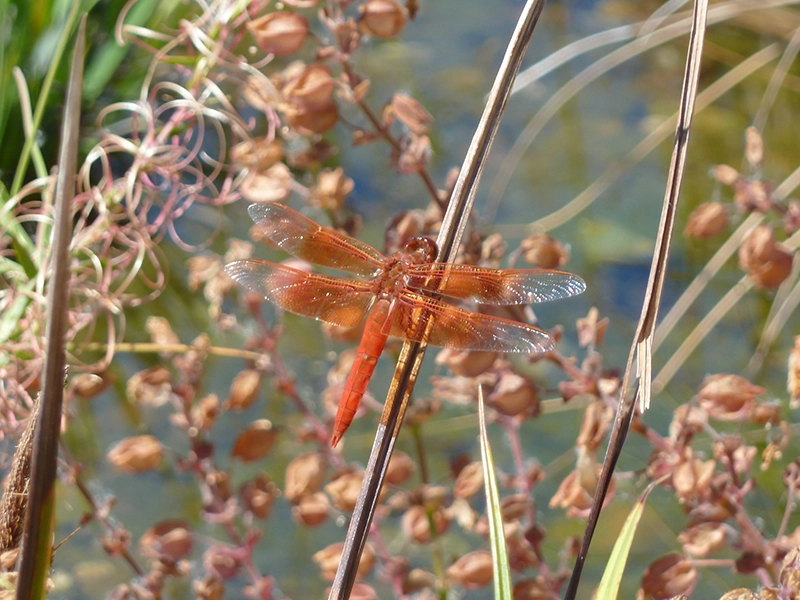
Dragonflies are not only beautiful to look at, but they are also great to have around your home. They eat mosquitoes and other flying insects that can be a nuisance in your garden. They are particularly helpful near bodies of water, as they can help control the mosquito population and keep you and your family safe from itchy bug bites.
Dragonflies are most active during the warmest months of the year, and you will often see them flying around our Russian River Waterway exhibit, and throughout Mary’s Garden in the summertime. You can also climb aboard our interactive Ornithopter exhibit which designed to look like a dragonfly that has just touched down next to the Waterway!
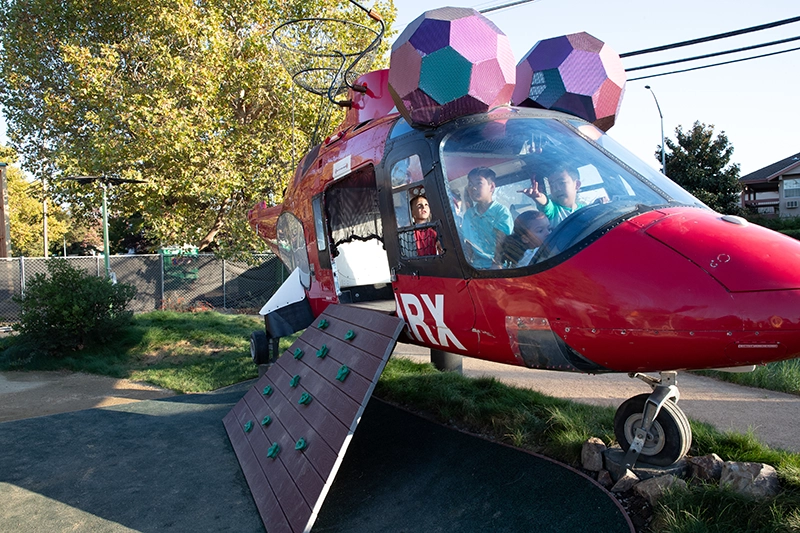
Earthworms
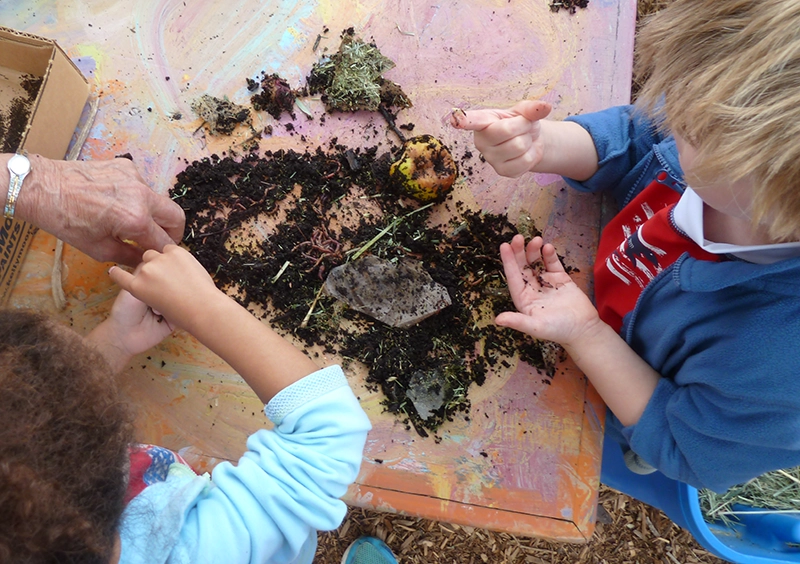
Earthworms may not be as exciting to look at as some of the other bugs on this list, but they are incredibly important for your garden! They help break down organic matter in the soil, which helps to create a healthy environment for your plants. They also improve soil structure and water retention, which can lead to healthier and more productive gardens. Earthworms are most active during the warmer months of the year, from spring to early fall.
They prefer soil that is moist and rich in organic matter and will be closer to the surface when temperatures are between 55°F – 85°F. Earthworms will burrow deeper into the soil to keep warm when it’s too cold, as well as when it’s too hot so they can stay moist and cool. During the rainy season, the soil pools with water, so earthworms come up to the surface so they to breathe. This is why you will often see worms crawling around the sidewalk after it rains. You can help them out by carefully placing them in nearby grass or dirt, so they can safely burrow back into the soil when they are ready.
Learn About Gardening and Local Pollinators at The Children’s Museum of Sonoma County
Insects may seem like a bother, but many of the bugs you see every day are incredibly beneficial. If you see any of these bugs in your garden, remember that they are hard at work helping keep your plants and our environment healthy! If you and your family would like to learn more about local pollinators, sustainable gardening practices, and the biodiversity of our area, come explore Mary’s Garden at the Children’s Museum of Sonoma County! Our elaborate outdoor play space is designed to introduce children to concepts like agriculture, recycling, native wildlife habitat preservation, and much more!
Through fun and engaging exhibits, and guided programs, we aim to provide valuable learning experiences that inspire a deeper connection to nature and a lifelong love and respect for our environment. Join us for Garden Party every week with Farmer Emily and learn how to maintain a thriving edible garden! Or stop by during our monthly interactive education program about honeybees and other pollinators hosted by our friends from the Sonoma County Beekeepers Association!

